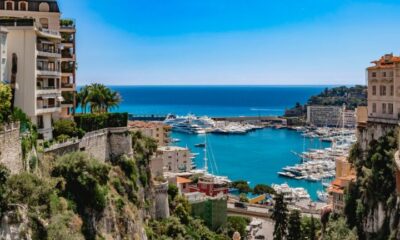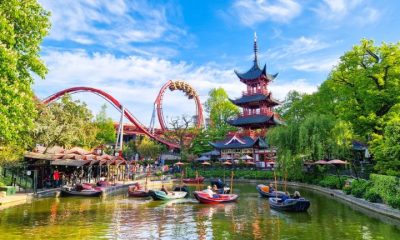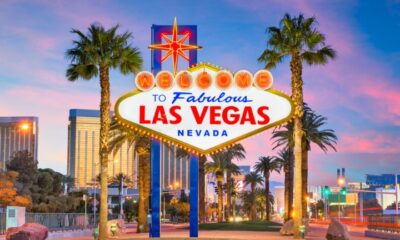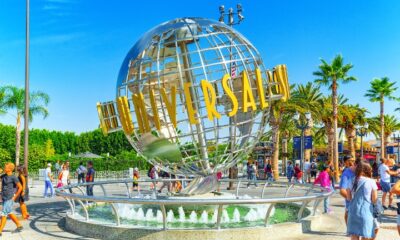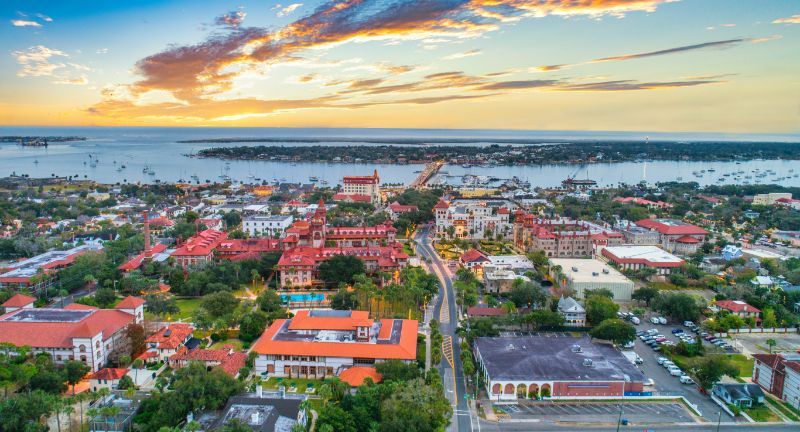
Shutterstock
Florida’s history is far more than just palm trees, beaches, and theme parks—it’s a treasure trove of strange and surprising stories that stretch back centuries. From the oldest city in the United States to swamps filled with legends of the mysterious Skunk Ape, the Sunshine State has witnessed pirates, cowboys, and even UFO sightings. It was once home to the world’s first commercial flight and played a key role in space exploration.
The sunshine state has been a place of boom and bust, bizarre myths, and natural phenomena, making its past as wild as its present. Dive into these fascinating and unusual historical facts that will change the way you see Florida forever.
The Oldest City in the U.S.

Shutterstock
St. Augustine, Florida, holds the distinction of being the oldest continuously inhabited European-established city in the United States. Founded by Spanish explorer Pedro Menéndez de Avilés in 1565, it predates the famous Jamestown colony by over 50 years. The city’s historic charm is visible in its centuries-old architecture, such as the Castillo de San Marcos, a fortress built in the 17th century. St. Augustine is a living museum of colonial Spanish culture, blending history with modern-day tourism.
Florida Was Once a Swampy Landmass
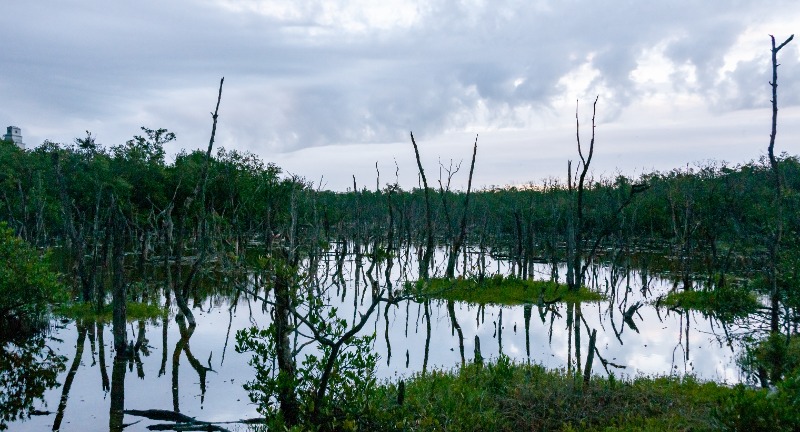
Shutterstock
Much of Florida was once an impassable swamp, part of the extensive Everglades ecosystem that covered much of the southern portion of the state. In the early 1900s, large-scale drainage projects began converting these wetlands into farmland and residential areas, reshaping the geography. These efforts laid the groundwork for modern South Florida cities like Miami and Fort Lauderdale. While the swamp is diminished, the Everglades National Park remains a protected reminder of Florida’s original landscape.
Home to the World’s First Scheduled Commercial Flight
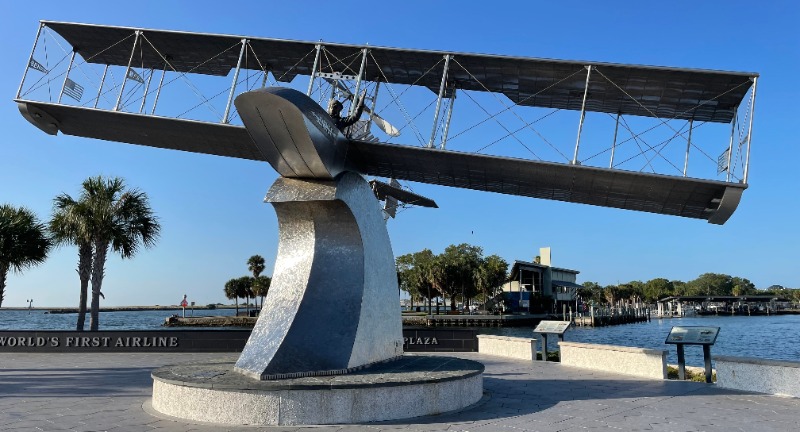
Shutterstock
In 1914, St. Petersburg, Florida, made aviation history when the world’s first regularly scheduled commercial flight took off. Piloted by Tony Jannus, the Benoist Airboat flew from St. Petersburg to Tampa in just 23 minutes, a groundbreaking event that opened the door for modern air travel. The flight was a one-passenger operation, and the ticket cost $400 in today’s money. This pioneering flight set the stage for Florida’s long-standing association with aviation and space exploration.
The “Fountain of Youth” Myth
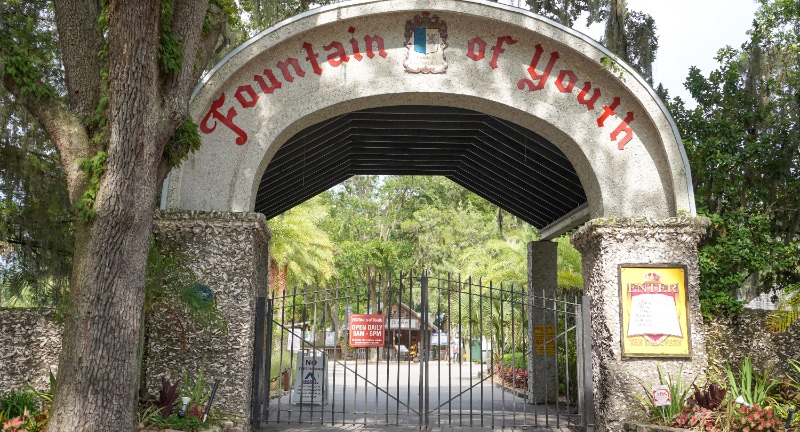
Shutterstock
The legend of the Fountain of Youth has long been tied to Spanish explorer Juan Ponce de León, who, according to popular belief, searched for this mythical spring in Florida. Though historians largely debunk the idea that Ponce de León actively sought the fountain, the story endures. Today, the Fountain of Youth Archaeological Park in St. Augustine draws tourists who still hope to sip from its fabled waters. The myth remains an integral part of Florida’s identity, blending history with local folklore.
Once a Pirate Stronghold
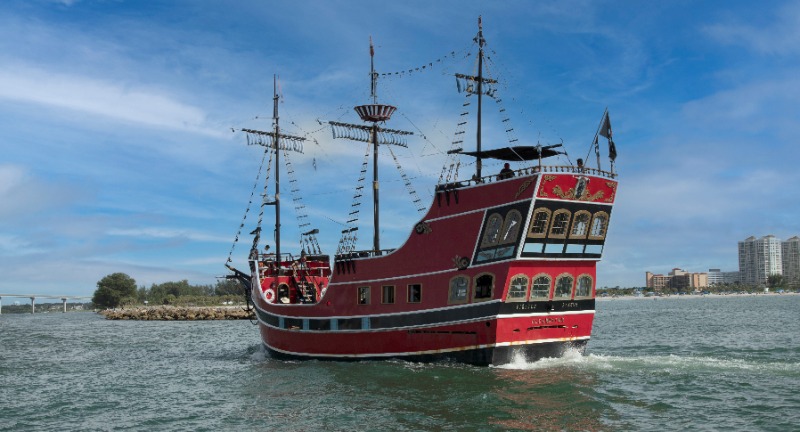
Shutterstock
Florida’s coastline, especially the Florida Keys, was a notorious haven for pirates during the 17th and 18th centuries. Famous pirates like Blackbeard and José Gaspar are said to have roamed these waters, plundering ships laden with treasures. The maze-like coral reefs and shallow waters made it easy for pirates to ambush unsuspecting vessels. Today, the pirate lore of Florida is celebrated in festivals and museums, bringing this swashbuckling history to life.
The Deadliest Hurricane in U.S. History

Shutterstock
The Okeechobee Hurricane of 1928 was one of the deadliest natural disasters in U.S. history, claiming the lives of approximately 2,500 people, mostly around Lake Okeechobee. The storm’s aftermath was catastrophic, with floodwaters from the lake drowning entire communities. The tragedy highlighted the need for better infrastructure, leading to the construction of the Herbert Hoover Dike to protect residents from future floods. Despite the devastation, the event is a sobering reminder of Florida’s vulnerability to powerful hurricanes.
Florida is Home to the “Skunk Ape”
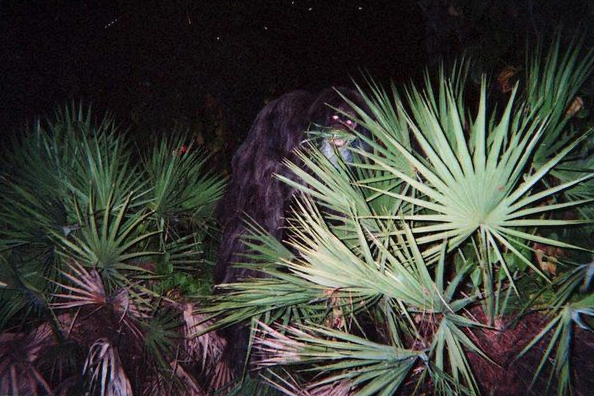
Pinterest
In Florida’s Everglades, legends persist about the elusive “Skunk Ape,” a Bigfoot-like creature that locals and tourists alike have reported seeing. Described as a large, hairy, foul-smelling beast, the Skunk Ape has become a part of Florida’s cryptid lore. While there’s no scientific evidence to prove its existence, sightings continue to be reported. The creature’s legend contributes to the mysterious and wild reputation of Florida’s vast swampy wilderness.
Florida’s First Hollywood
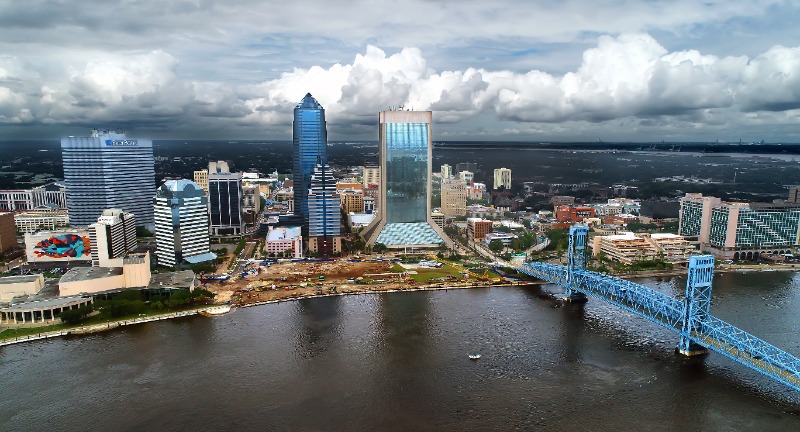
Shutterstock
Before Hollywood, California, became the world’s movie capital, Jacksonville, Florida, was the winter home of the early film industry. In the early 20th century, dozens of film studios operated in Jacksonville, producing silent films and giving the city the nickname “Winter Film Capital of the World.” However, the industry moved west after tensions with local residents and city ordinances against movie-making arose. Still, Jacksonville’s brief stint as a film hub laid the groundwork for Florida’s role in entertainment.
The Creation of the Sunshine State Image
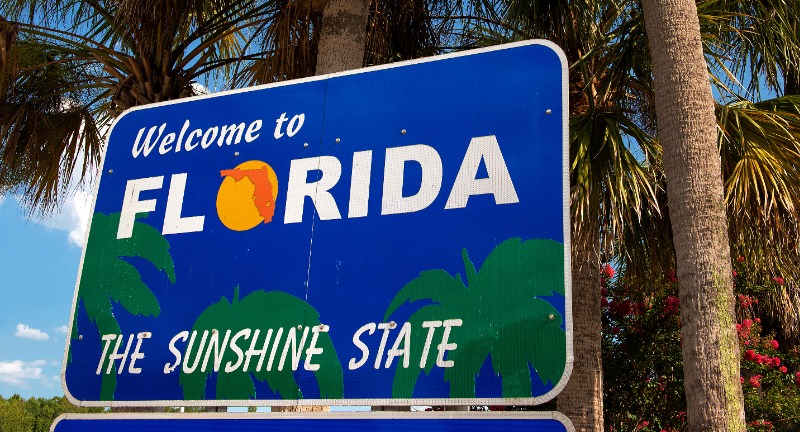
Shutterstock
Florida wasn’t always seen as the vacation paradise it is today. In the early 20th century, visionaries like Henry Flagler built railroads and hotels to turn Florida into a tourist destination. Through clever marketing, the state was promoted as a sunny escape from harsh northern winters. The creation of this image paved the way for Florida’s booming tourism industry, which now sees millions of visitors each year.
Sponges and Greek Culture
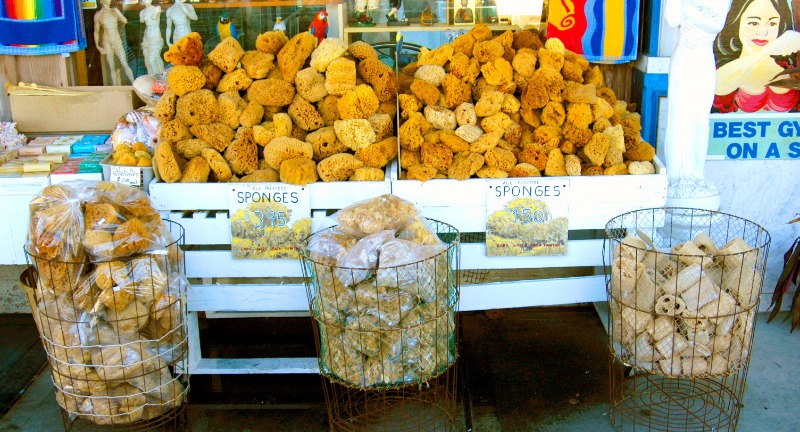
Shutterstock
Tarpon Springs, Florida, is a unique city with the highest concentration of Greek-Americans in the U.S., thanks to its sponge-diving industry. In the early 1900s, Greek divers arrived to work in the region’s natural sponge beds, bringing with them their rich cultural traditions. Sponge harvesting became a major industry, and the town still celebrates its Greek heritage with festivals and traditions. Tarpon Springs remains a cultural enclave with a strong Greek identity.
Walt Disney Nearly Built Disney World in St. Louis
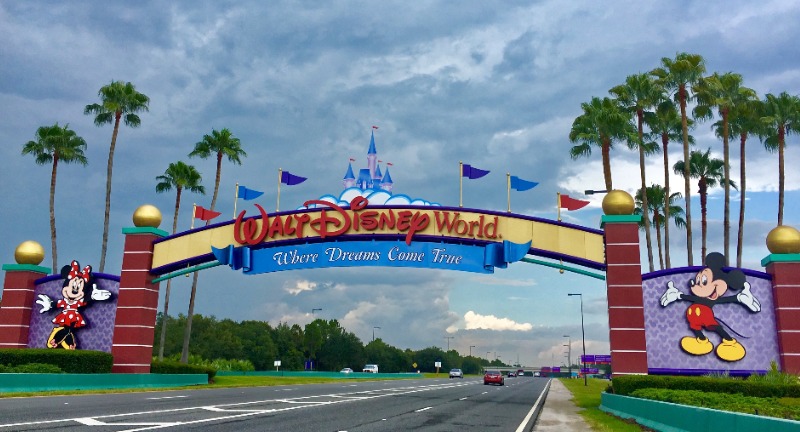
Shutterstock
Before choosing Orlando, Florida, as the site for Walt Disney World, Walt Disney considered St. Louis, Missouri, for his second theme park. He eventually selected Florida due to its year-round warm weather and vast expanses of land, which allowed for future expansion. The decision to build in Orlando forever changed the region, turning it into one of the most visited destinations in the world. Today, Walt Disney World is synonymous with Florida’s entertainment industry.
The Largest Masonry Structure in the Americas
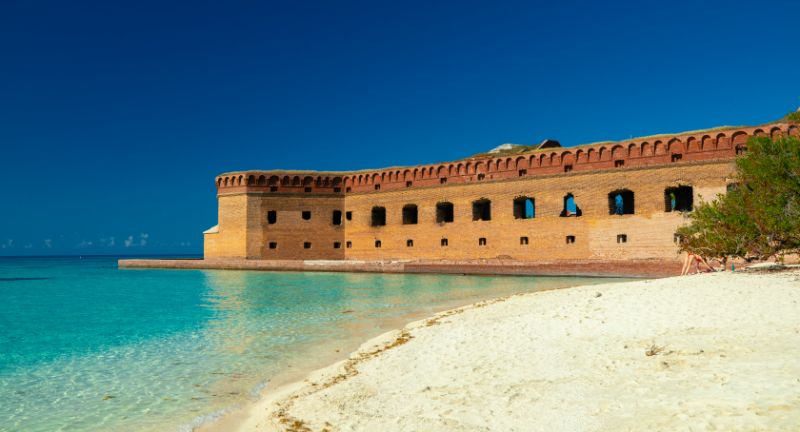
Shutterstock
Fort Jefferson, located in the Dry Tortugas off the coast of Key West, is the largest brick masonry structure in the Americas. Constructed from more than 16 million bricks, it was designed to protect American interests in the Gulf of Mexico but was never fully completed. It later served as a military prison during the Civil War. The isolated fort now attracts visitors who marvel at its immense size and historical significance.
Florida Was an Independent Country for a Brief Time
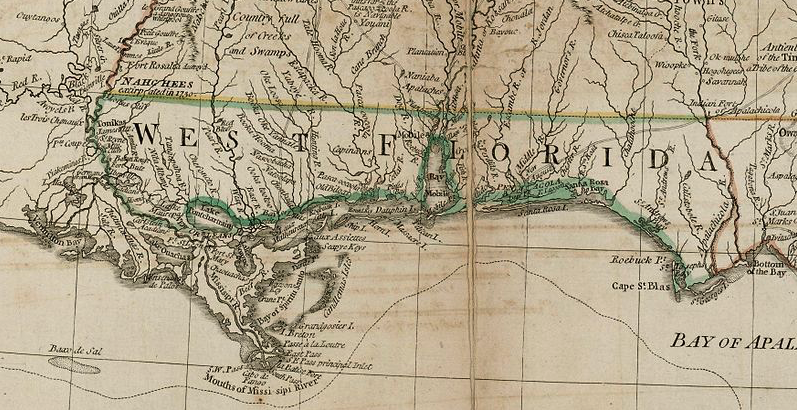
Public Domain
For a short period in 1810, the Republic of West Florida declared its independence from Spanish rule. This breakaway region, which included parts of modern-day Florida and Louisiana, lasted just 90 days before it was annexed by the United States. The brief existence of the Republic of West Florida is one of the more obscure chapters in U.S. history, but it highlights the tumultuous colonial competition in the region. Florida’s eventual transfer from Spain to the U.S. helped shape the modern state.
The Infamous Florida Python Problem
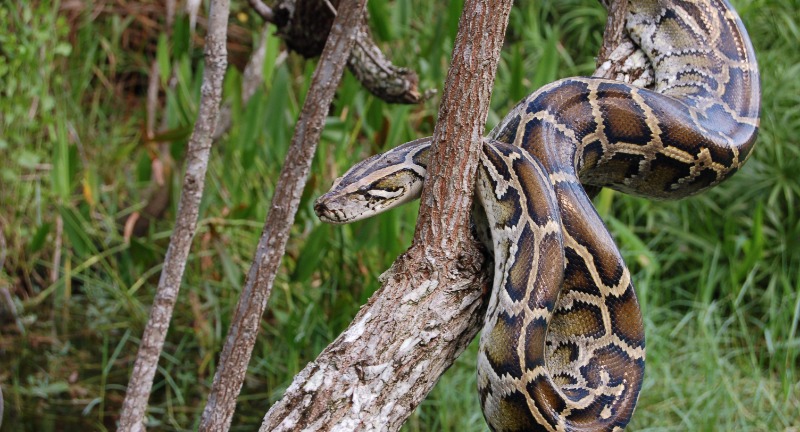
Shutterstock
Florida’s Everglades face a unique environmental threat from invasive Burmese pythons, which were likely released into the wild by pet owners in the 1990s. These massive snakes, which can grow over 18 feet long, have decimated local wildlife populations, including mammals and birds. The pythons’ presence has disrupted the Everglades’ delicate ecosystem, leading to efforts to remove the invasive species through hunting programs. The python problem highlights the ecological challenges that arise from non-native species in Florida.
The Manatee Controversy
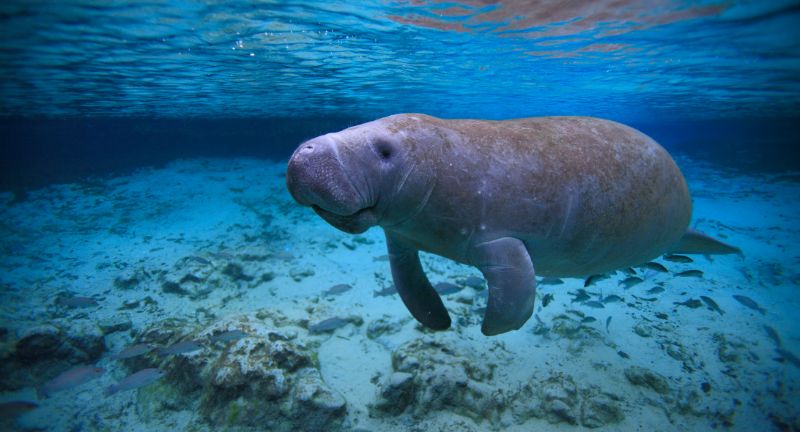
Shutterstock
When European explorers first encountered manatees in Florida’s waters, they reportedly mistook them for mermaids. Christopher Columbus himself noted that these “mermaids” were not as attractive as he had been led to believe, possibly due to the creatures’ bulky, gentle appearance. The manatees, now a beloved symbol of Florida’s wildlife, were once hunted for their meat and hide. Today, they are a protected species, though their mythical connection to mermaids lives on in popular culture.
The State with the Most Lightning Strikes
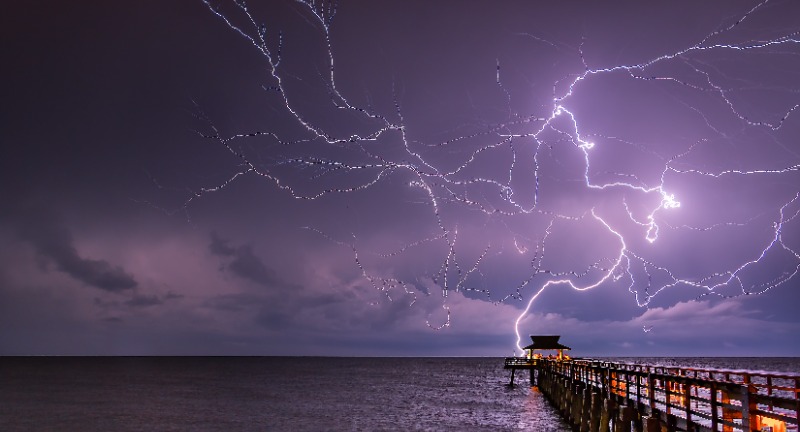
Shutterstock
Florida’s nickname as the “Lightning Capital” is well-deserved, as the state sees more lightning strikes than anywhere else in the U.S., particularly in the Tampa Bay area, known as “Lightning Alley.” Summer thunderstorms, driven by Florida’s unique geography and warm climate, make lightning strikes common. These frequent storms have caused both damage and fascination, inspiring safety campaigns and research into lightning’s effects. Tampa even named its professional hockey team, the Lightning, after this electrifying natural phenomenon.
The Kennedy Space Center’s Role in Moon Landings

Shutterstock
Florida’s Kennedy Space Center is one of the most iconic locations in space exploration history, serving as the launch site for all of NASA’s Apollo missions to the moon. The center’s location on the east coast of Florida allows for launches over the Atlantic Ocean, ensuring safety and efficiency. The Apollo 11 mission, which landed the first humans on the moon, launched from here in 1969. The Kennedy Space Center remains a symbol of human achievement and innovation, attracting space enthusiasts from around the world.
Florida’s Largest Civil War Battle
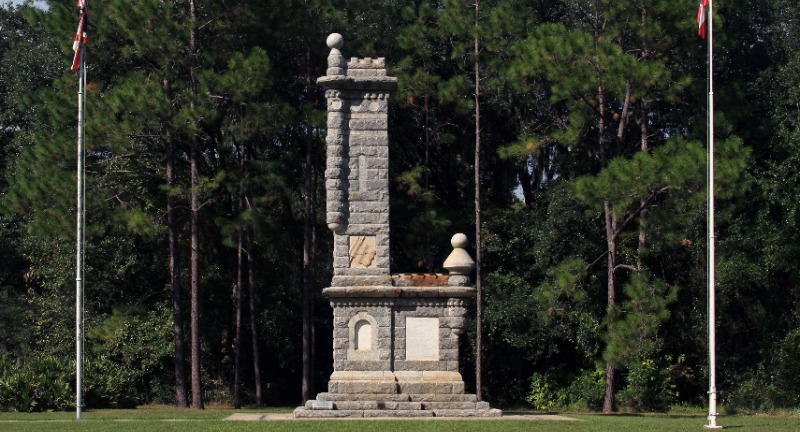
Shutterstock
The Battle of Olustee, fought in 1864, was the largest and bloodiest Civil War battle fought in Florida. Union forces, attempting to disrupt Confederate supply lines, clashed with Confederate troops near Lake City, resulting in a decisive Southern victory. Despite the battle’s scale, it is often overlooked in Civil War history, though it played a significant role in the Confederacy’s defense of the state. Today, the Olustee Battlefield Historic State Park commemorates the battle with annual reenactments.
Alligators and Crocodiles Coexist
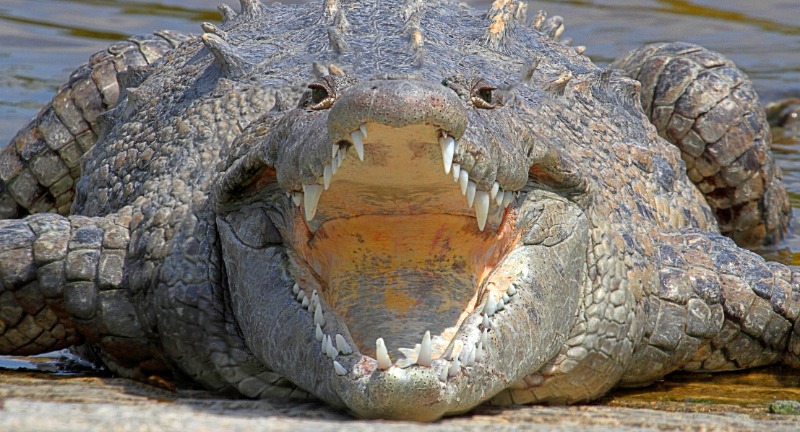
Shutterstock
Florida is the only place in the world where both American alligators and American crocodiles coexist in the wild, primarily in the southern part of the state near the Everglades and coastal areas. This unique overlap happens because of Florida’s diverse habitats and its subtropical climate, which provides suitable conditions for both species. Alligators typically favor freshwater environments like swamps, rivers, and lakes, while crocodiles prefer brackish or saltwater habitats along coastal shorelines. Despite sharing a range, the two rarely interact due to these different habitat preferences, making Florida’s ecosystem both uniquely diverse and delicately balanced.
Conclusion
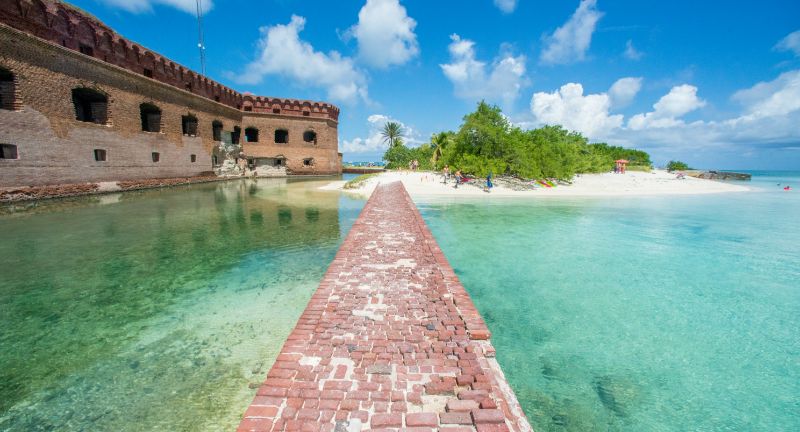
Shutterstock
Florida’s unique and unusual history reveals a state full of intrigue, from ancient cities and pirate strongholds to world-changing innovations and strange folklore. Its past is a vibrant mix of cultures, legends, and natural wonders, making it as captivating as its sunny, modern-day image. Exploring these lesser-known facts helps us appreciate Florida beyond its beaches and theme parks, uncovering its deep and diverse roots. The Sunshine State’s history is truly as dynamic and surprising as the place itself.

 News2 months ago
News2 months ago
 Lifestyle3 months ago
Lifestyle3 months ago
 Entertainment3 days ago
Entertainment3 days ago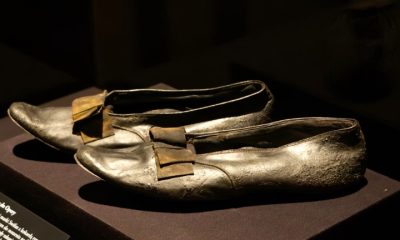
 Lifestyle2 months ago
Lifestyle2 months ago
 Entertainment3 days ago
Entertainment3 days ago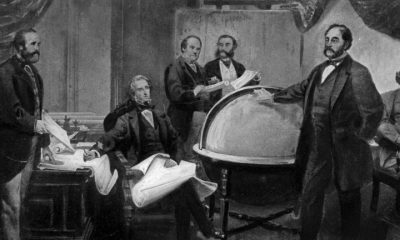
 Lifestyle2 months ago
Lifestyle2 months ago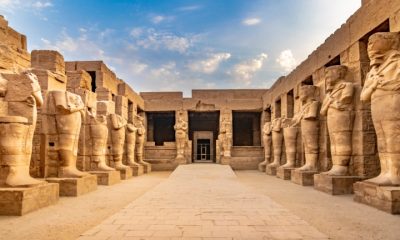
 Lifestyle2 months ago
Lifestyle2 months ago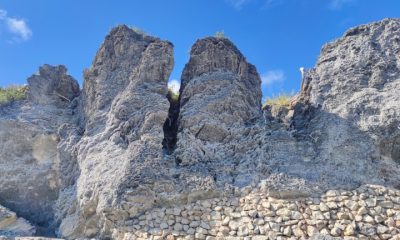
 News2 months ago
News2 months ago





















